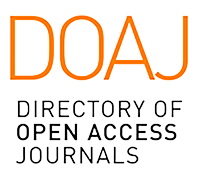Abstract
This article focuses on one aspect of the acculturation process in ancient
Mexico —the public manifestation of corporal violence associated with
punishment, the death penalty and the exhibition of human body parts—, as
represented by maps contained in the Relaciones geográficas del siglo XVI,
in which the division between places used for punishment and sacrificial
purposes disappears. Studying this feature of colonial society enables us
to understand the process through which indigenous sacrificial practices
have been misinterpreted, while the divergent concepts of punishment and
torture applied to each group have been overlooked.
Downloads
Download data is not yet available.


















